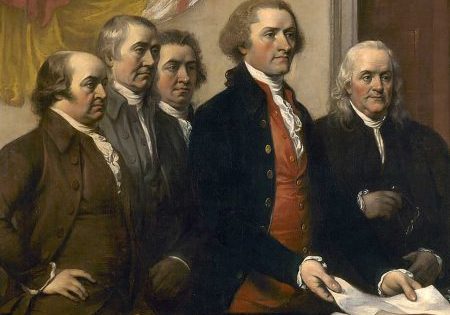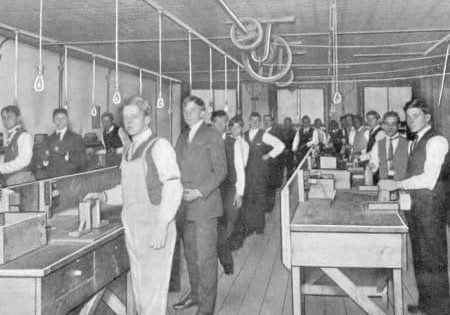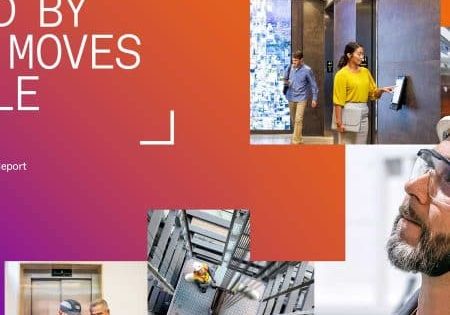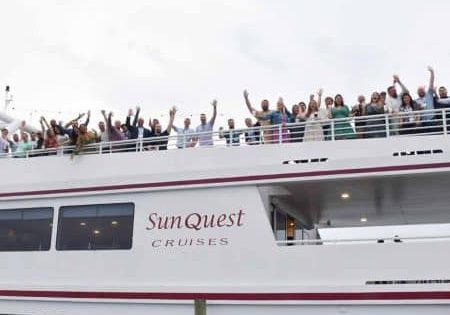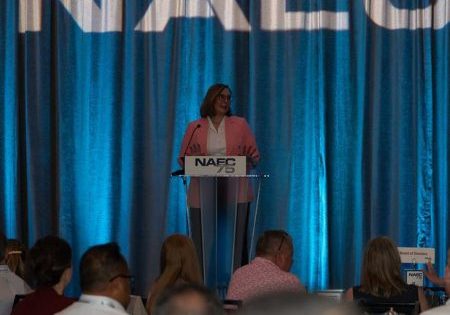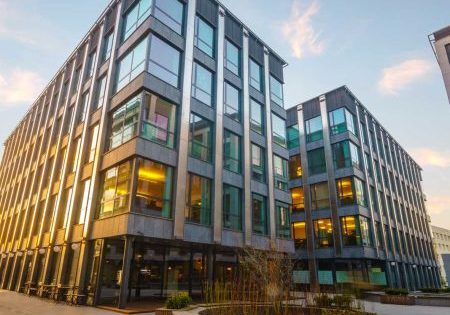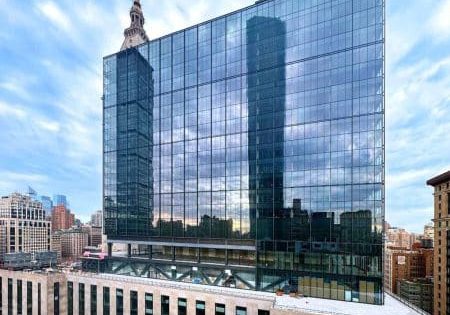Building on the Past To Create the Future
Jul 1, 2024
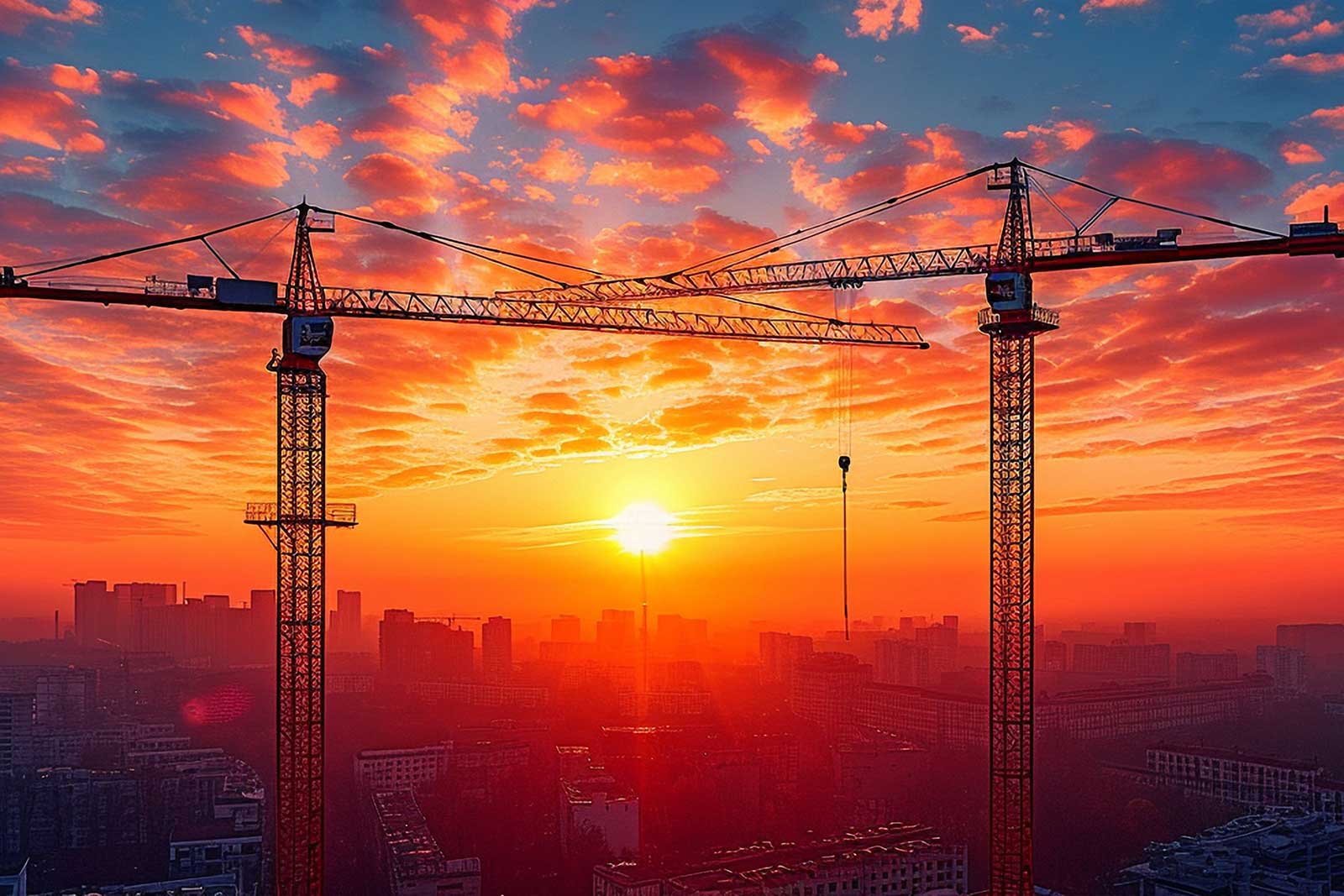
Adaptive reuse holds challenges for building transportation; overcoming them requires cooperation and innovation.
by Philip W. Grone
Adaptive reuse is central to sustainability and to managing the carbon footprint of the urban environment. Alongside historic preservation, it has also been a key design and development concept driving the economic revitalization of neglected assets and neighborhoods. However, in a post-pandemic world, the acceleration of new work models is challenging longstanding economic and social assumptions about urban and suburban life. A 2022 study by the New York University Stern School of Business estimated a reduction in real estate values of roughly US$413 billion due to remote work trends. Those valuations reflect serious questions about the future of office buildings as we have known them and whether those assets will continue to play a vital and vibrant role. The success of adaptive reuse is an urgent issue and is squarely at the intersection of myriad objectives.
In reusing existing assets and reimagining the connections between them, building transportation plays an integral role, contributing to the transformation of the urban environment. Elevators and escalators are delivering more services, providing added safety and security benefits and benefitting from innovative design concepts, all of which can shape new possibilities for the use — and reuse — of existing buildings.
Construction Is Shifting
Transforming buildings and facilities to new or different uses is not a novel concept, but the emphasis on repurposing the “old” to become something “new” is increasingly important to development. Projects are also becoming more complex, and the variety of recent projects is seemingly endless. For example, The Refinery at Domino is a multi-use conversion of the former Domino Sugar Refinery in Brooklyn; a former textile mill in Belmont, North Carolina, abandoned for a decade, was converted into more than 230 residences; and the Tribune Tower in Chicago, which housed The Chicago Tribune for nearly a century, is now a residential building with over 55 unique floorplans. The latter follows in the wake of the Quay Quarter Tower in Sydney, Australia, which was among the first adaptively reused skyscrapers.
A clear trend in building conversions reached a peak by 2019-2020. That trend was arrested by the COVID-19 pandemic. Over the last two years, the construction sector has witnessed a reemergence of the trend at an accelerating pace.
- Los Angeles, NYC, Chicago and the middle Atlantic show prominent clusters of conversion activity.
- Mid- and high-rise office conversions remain critical to long-term economic development in the urban core.
- But, in 2023, hotel conversions outpaced office conversions for the first time.
- A study completed by the consulting firm Deloitte estimated that, within the next 10 years, 90% of real estate development will involve some form of adaptive reuse.
There Will Be Technical Challenges
Adaptive reuse, particularly in complex projects, often involves significant changes to building transportation systems. For example, elevator shafts may need to be moved, replaced or reconfigured, requiring the redesign of structural systems and a reassessment of load-bearing capacity. In addition, the re-routing and upgrading of utilities and the integration of new mechanical systems all need solutions to support the reuse of a building — and all must be done in a safe and economically efficient manner.
Beyond structural considerations, building transportation systems are likely to require modernization to comply with current building and elevator codes, as well as updated accessibility standards. The integration of building transportation systems with broader smart building technology, the use of destination dispatch, improvements in energy efficiency and the deployment of remote interaction operations and diagnostic tools all can contribute now to the better and higher use of the asset and sustainably support the long-term viability of the project. Emerging technologies, such as augmented and virtual reality, will produce additional innovation.
In reusing existing assets and reimagining the connections between them, building transportation plays an integral role, contributing to the transformation of the urban environment.
In repurposing historic properties, an additional layer of complexity in modernization arises from the compelling need to preserve architectural and other features of significance. Some cases will require creative design solutions to integrate contemporary safety and management systems with the historic design aesthetic. In these cases, early consultation with historic preservation authorities is critical. Where safety and other requirements demand a material change to historic elevators or other devices, documentation of the historically significant attributes of the building and equipment can often satisfy historic preservation requirements.
Collaboration Is Essential
The needs of building owners and operators, the industry and other stakeholders will place additional demands on the regulatory system. The volume of adaptive reuse projects, as well as their technical complexity, will grow as significant portions of the urban environment are repurposed. For AHJs, there are several concurrent needs.
The first is to enforce the most current elevator codes and standards and to narrow the gap between updated building codes and elevator codes that, in many jurisdictions, lag. AHJs should continue to accelerate their adoption of the most recently published editions of the American Society of Mechanical Engineers (ASME) A17.1/CSA B44, Safety Code for Elevators and Escalators, developed by the ASME.
The second is to build and maintain a well-trained, appropriately staffed inspection team and, where applicable, a third-party inspection system that can adequately respond to inspection demands and adhere consistently to AHJ interpretation and enforcement guidance.
The third is to recognize the unique challenges presented by complex adaptive reuse projects. All stakeholders in a project need to be flexible in arriving at the optimum engineering solution that provides for a safe working environment for the industry workforce, the best experience for the riding public, and optimizes the revitalization objectives of building owners and the local community.
The urban and suburban environment is changing rapidly. Securing a sustainable, dynamic, economically viable future will only be achieved through cooperation and collaboration in reshaping existing infrastructure. The trend toward adaptive reuse is here to stay. Maximizing its value is up to all of us.
Get more of Elevator World. Sign up for our free e-newsletter.


